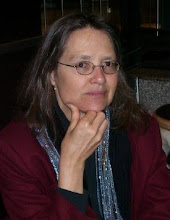What are we to do when we design a course, but there is no published curriculum that matches the objectives? This is a problem that we are currently facing. Our committee has selected what it deems to be the best curriculum for one of our core courses. It is pedagogically sound, teacher friendly, and well supplemented for both teacher and student.
However, our program has been charged with selecting courses (with their descriptions and learning objectives) from a preexisting, approved list. The committee did its best to match the pre-existing courses with agreed-upon levels and textbooks. Nevertheless, there is no real match. As a consequence, it is particularly important to remember what some in the committee have tried to impress upon me, namely that “the course is not the book.” Since we have not actually designed the course (description & objectives), what does it actually consist of?
Where fortune smiles, the learning objectives overlap with the book content, and we can easily provide additional material as expansion activities. However, where the learning objectives and the book do not overlap, it is incumbent upon the teachers to find or design supplementary material for the students. To the extent that this is done, it generally becomes necessary to skip parts of the book in order to allow for time for the additional material. Students, who do not understand the difference between the course book and the course, are confused that parts of the book are skipped. The teacher is put into a very difficult position.
For me, this practice also raises another, ethical, question. I have been repeatedly told that the course must contain with is in the pre-set, official course description. However, we are free to add as much as we with (i.e., the textbook!). In practical terms, I would say that 90% or more material taught consists of the course book (the “added material”), making a mockery of the course description and objectives.
The solution? First, designing a course around the actual needs of our students in such a way that it easily meshes with the best published curricula we can find. Second, producing supplementary material to augment the books and allow them to meet the course objectives.
